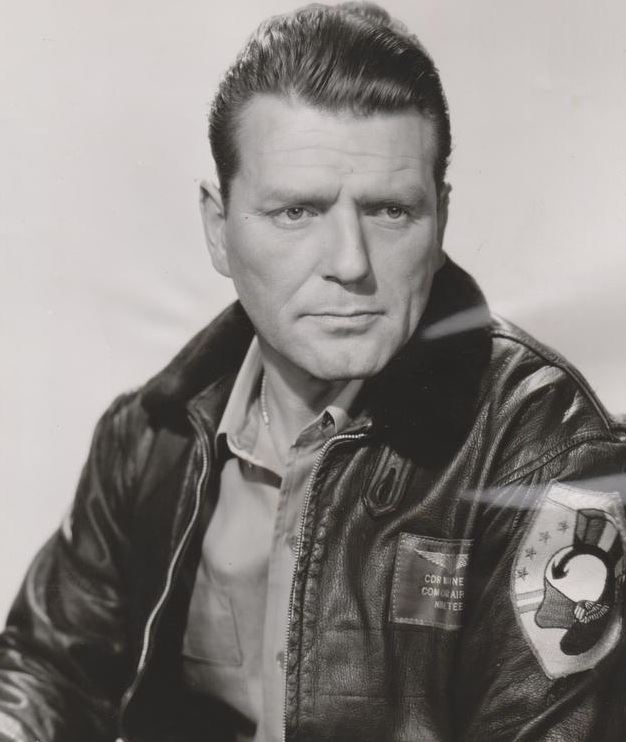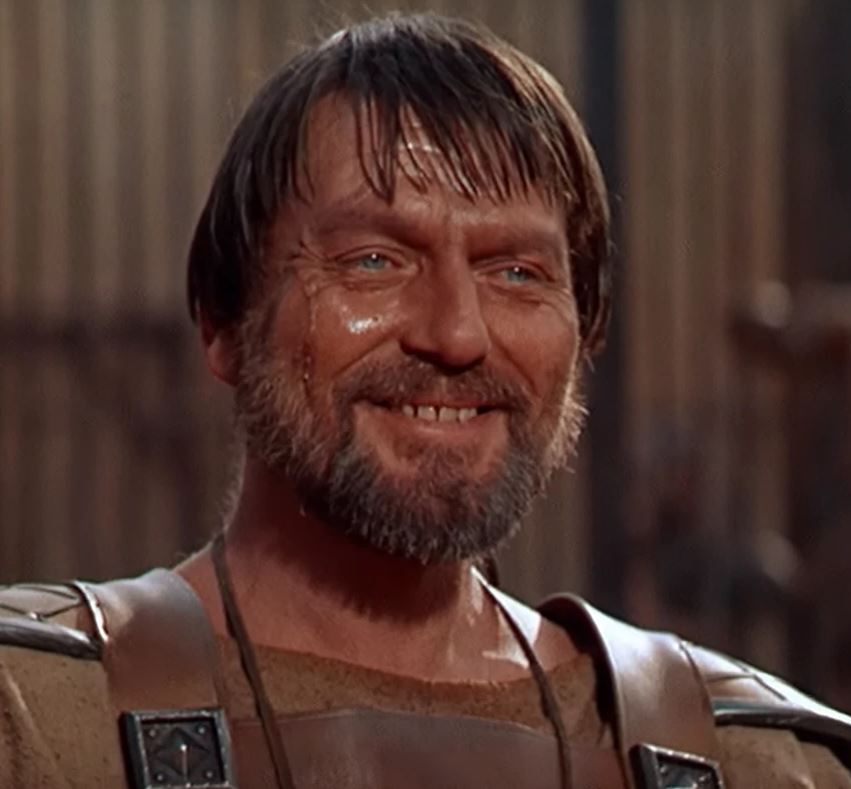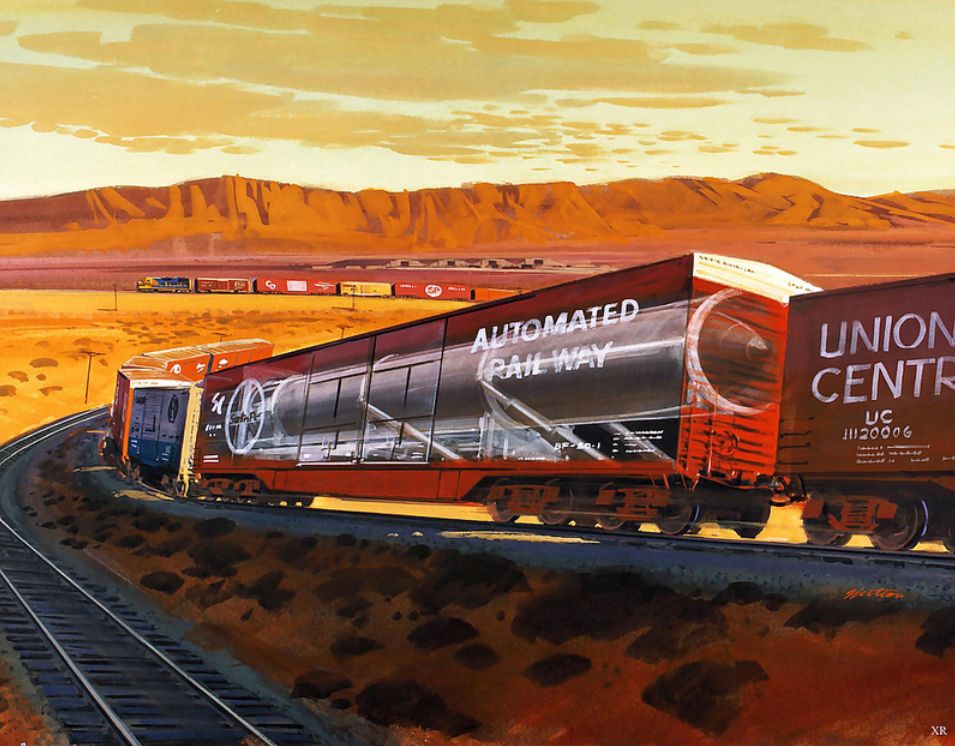Charles McGraw (1914-1980) was the squarest jawed of all square-jawed Hollywood actors of the golden period, always playing a tough guy of some sort: police lieutenants and sergeants, rear admirals, sheriffs, captains, gladiators.
If you were a casting director and you needed a certain granite-like face with oversized features, plus a steely demeanor to match, you might cast Allen Jaffe, Neville Brand, or Charles McGraw–born Charles Butters in Iowa, in 1914.
One of McGraw’s best performances is as Commander Wayne Lee, in “The Bridges at Toko-Ri.” Lee is the commander of the air group whose focus is always is fliers and his mission.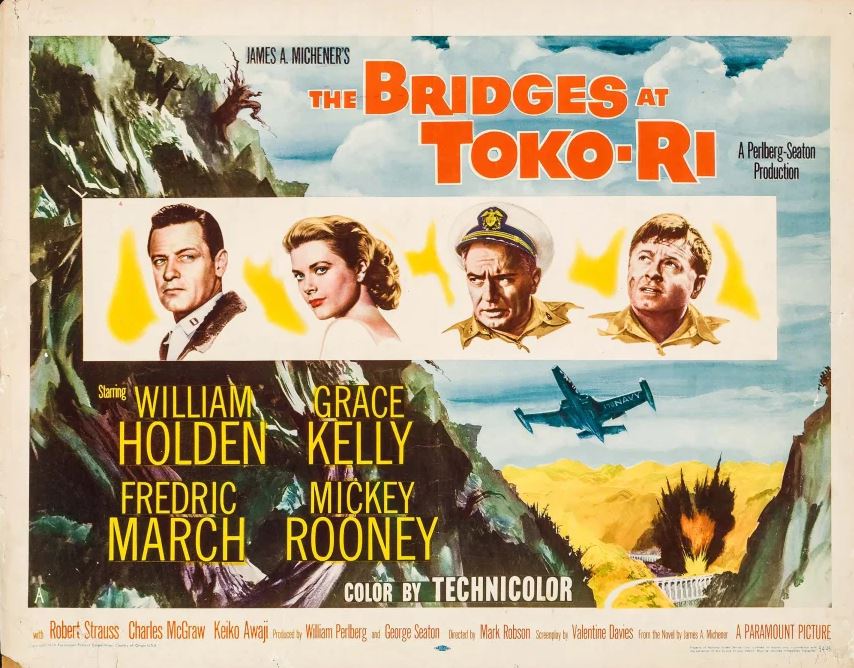
An interesting scene is when Lee approaches Rear Admiral George Tarrant: Lee is concerned because the carrier’s captain is running the propeller planes, which are lashed down to the deck, at full speed to help control the carrier as he docks in Japan.
Lee’s concern is his fliers, since running the planes eats away at their total engine-run hours. It’s a nicely regulated performance, his furor kept in check because he’s addressing a superior officer. You even catch the glint of a tear in his eye after being dressed down by the admiral.
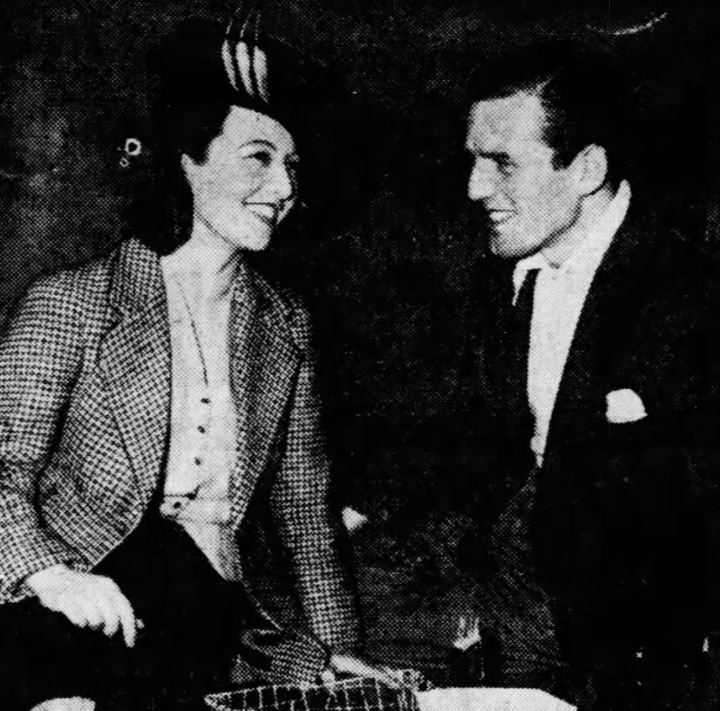
So, it’s especially incongruous that such a tough guy could come to a sad end: falling through a shower door.
On July 29, 1980, Charles McGraw fell through the glass shower door of his North Hollywood, California home.
According to the Los Angeles Times, the LA County Coroner’s office stated that McGraw had suffered from a degenerative hip condition in the last few years, hampering his ability to act.
While in the shower, he slipped and fell through the glass, lacerating himself and bleeding to death.
Alan K. Rode, who wrote a biography of McGraw, mentions having become friends with Mildred Black. Black was McGraw’s de facto caregiver, helper, and friend in the last 13 years of McGraw’s life. Apparently, McGraw was an alcoholic who had many issues. Black owned the home where McGraw resided and was present after his accident, all recounted here:
Charles McGraw, Film Noir Tough Guy, by Alan K. Rode
